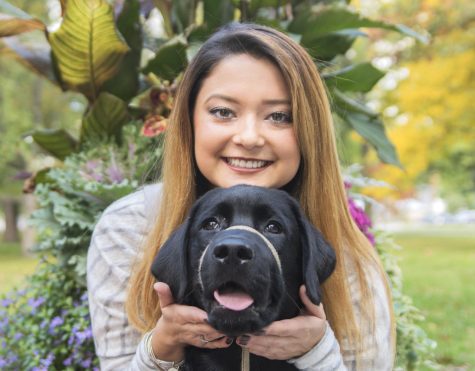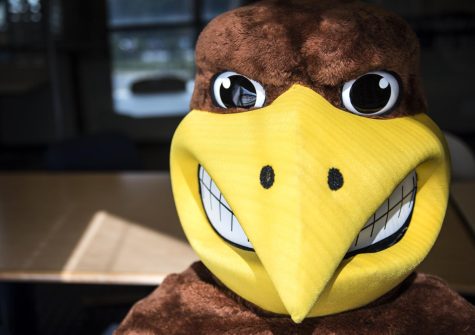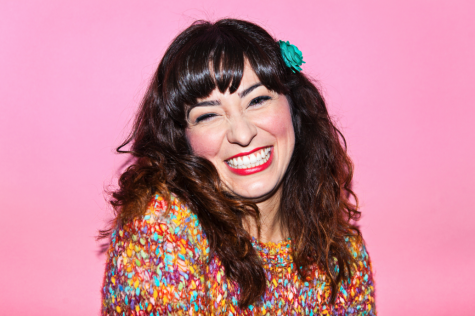The left and right hemispheres of creativity
March 11, 2010
Senior printmaking major Krista Rickert said she doesn’t work well with schedules.
“Everything is on my own time, sometimes I pull all-nighters to get my work done. It’s the time when my creativity comes alive,” Rickert said.
Rickert claimed the reason is because she’s right-brained, citing evidence from a quiz she took online. Rickert also said she had to take her psychology minor classes and art courses during different semesters.
“It was two totally different types of thinking,” Rickert said.
Artists and other creative trades have long been stereotyped as being “right-brained.” Characteristics associated with right-brained people include being more of a visual learner, intuitive, writing things down for memorization, seeing the whole more than details first, lacking organization, impulsiveness and often tardiness, trouble prioritizing and gestural hand movements while speaking. “Left-brained” thinkers are generalized as being more logical and sequential, planned and structured, organized and controlled feelings, according to viewzone.com and Funderstanding.com.
“I am incredibly disorganized and hate math,“ senior sculpture major Jim Leach said.
But students looking to blame their distaste for math, lateness and erratic schedules on their brain wiring may be disappointed.
While the right and left hemispheres are responsible for different characteristics, humans must use both sides of the brains to function normally, according to John Gunstad, assistant professor of psychology.
Gunstad said the left side is primarily where language resides, and the right is more visualization and spacial.
“The whole a person being right or left brain is much more marketing than brain science. Most of the time you use both sides; one side can be more enhanced, though,” Gunstad said.
People displaying a particular talent, such as artists, musicians or athletes, still have the same basic brain make-up, but it can depend on a variety of factors such as experience, background, practice, learned skills and interests — which play a large part, too, and eventually add up over time, Gunstad said.
“I think we find beauty in odd things, ” Leach said.
“Like being pumped about a pile of scraps, “ senior textiles major Casara Logan added.
Logan doesn’t seem to be convinced about the brain debate.
“Everyone I work with is different and brings different ideas,” Logan said.
“Brains are wired uniquely for everyone. We haven’t figured out exactly how it works yet,” Gunstad said.
Contact features correspondent Cassandra Adams at [email protected].























